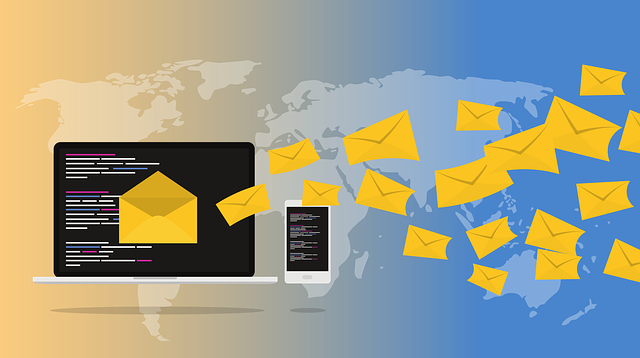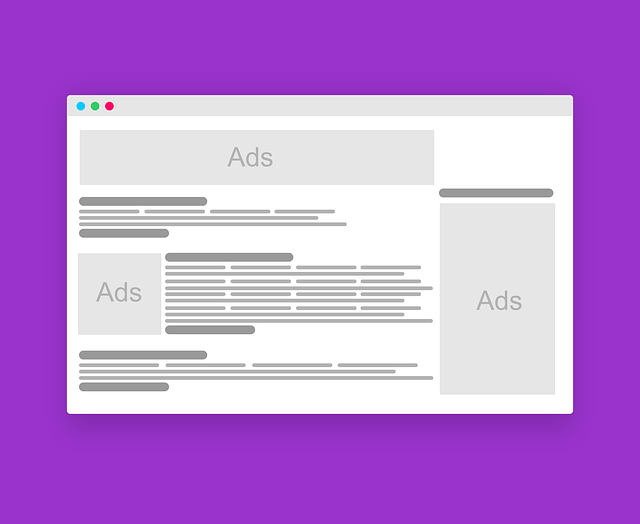AI seafood freshness monitoring systems revolutionize restaurant inventory management by predicting optimal consumption windows through real-time tracking of temperature, humidity, and other factors. Integrated sensors in refrigeration units and shipping containers feed data into AI models, enabling precise delivery scheduling and informed decisions about ordering, storage, and menu planning. This enhances operational efficiency, reduces food waste, ensures customer satisfaction, and contributes to a positive dining experience.
“Revolutionize your seafood restaurant with AI seafood freshness monitoring systems – the smart way to ensure top-quality ingredients. These innovative technologies are transforming the industry by predicting and optimizing delivery times, keeping seafood fresh and reducing waste. In this article, we delve into how these systems work, explore their numerous benefits, and provide a step-by-step guide to implementing AI seafood freshness monitoring in your establishment.”
- Understanding AI Seafood Freshness Monitoring Systems: How They Work
- Benefits of Smart Delivery Time Estimates for Seafood Restaurants
- Implementing and Optimizing AI Seafood Freshness Monitoring in Your Restaurant
Understanding AI Seafood Freshness Monitoring Systems: How They Work

AI seafood freshness monitoring systems revolutionize the way restaurants manage their perishable inventory. These intelligent systems leverage advanced algorithms and sensor technology to track and predict seafood freshness in real-time. By continuously monitoring temperature, humidity, and other environmental factors, AI models can accurately forecast when seafood will reach its optimal consumption window. This enables restaurants to precisely schedule deliveries, ensuring that fresh seafood arrives just when it’s needed for preparation.
The systems work by integrating sensors into refrigeration units or shipping containers, which collect data points throughout the supply chain. This data is then fed into AI models that analyze patterns and trends to predict freshness levels at various stages. With this predictive insight, restaurant managers can make informed decisions about ordering, storage, and menu planning, minimizing waste and maximizing customer satisfaction.
Benefits of Smart Delivery Time Estimates for Seafood Restaurants

Seafood restaurants face unique challenges in maintaining food quality and customer satisfaction, especially regarding the delicate nature of seafood. Here’s where AI seafood freshness monitoring systems step in as a game-changer. By implementing smart delivery time estimates, restaurants can significantly improve their operations. This technology enables precise predictions of seafood freshness upon arrival, allowing staff to make informed decisions about inventory management and menu planning.
With real-time data on product freshness, restaurateurs can optimize their supply chain, reducing food waste and ensuring that customers receive the freshest catch possible. Smart delivery systems also enhance order accuracy, minimizing the risk of serving stale or unpleasant seafood. This precision in food handling contributes to a positive dining experience, fostering customer loyalty and boosting the restaurant’s reputation.
Implementing and Optimizing AI Seafood Freshness Monitoring in Your Restaurant

Implementing AI seafood freshness monitoring systems in your restaurant can significantly enhance both customer satisfaction and operational efficiency. These advanced technologies use machine learning algorithms to analyze various data points, such as storage conditions, ingredient age, and expected shelf life, to predict with remarkable accuracy when seafood will reach its optimal quality. By integrating this intelligence into your supply chain management, you can ensure that menu items are always served at peak freshness, enhancing the dining experience and reducing waste.
Optimizing AI seafood freshness monitoring involves continuous learning and refinement. Regularly updating the system with new data, including historical sales patterns, ingredient suppliers, and customer feedback, allows for more precise predictions. Additionally, leveraging sensors and IoT devices to monitor temperature, humidity, and other environmental factors in storage areas ensures that the system has access to real-time data, further enhancing its accuracy. This iterative process of learning and adaptation keeps your restaurant at the forefront of fresh seafood service.
AI seafood freshness monitoring systems offer a revolutionary approach to maintaining high-quality ingredients, ensuring customer satisfaction, and streamlining operations for seafood restaurants. By implementing smart delivery time estimates, restaurants can optimize their inventory management, reduce waste, and provide fresh, delicious meals. With accurate tracking and predictive analytics, these systems are a game-changer in the industry, enabling businesses to stay competitive and meet the evolving demands of health-conscious consumers.
